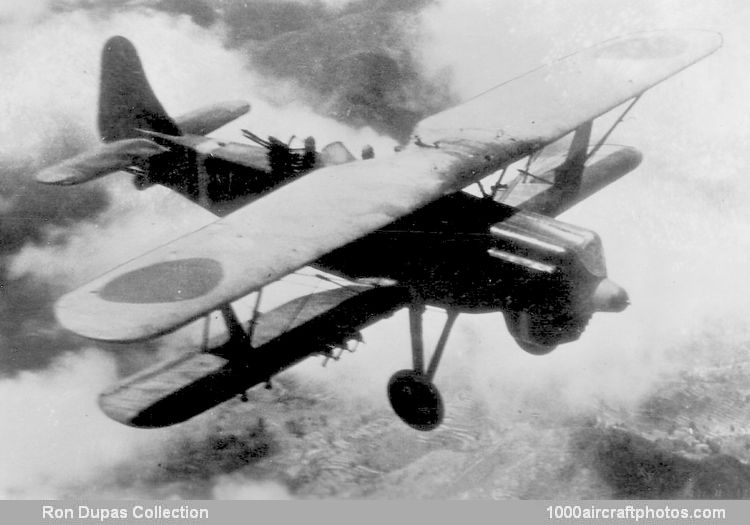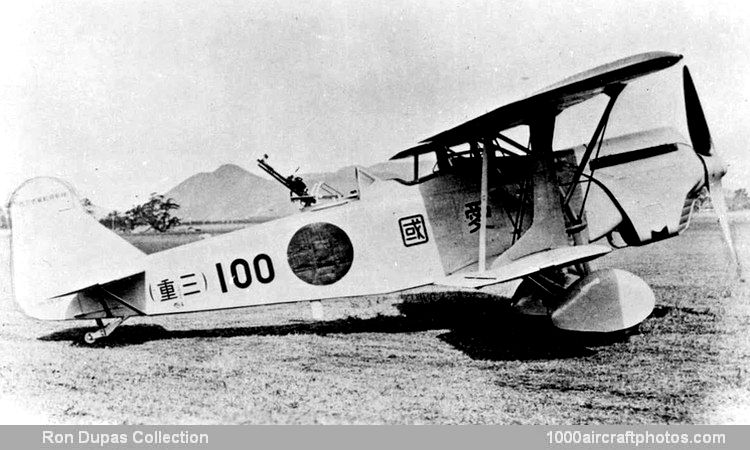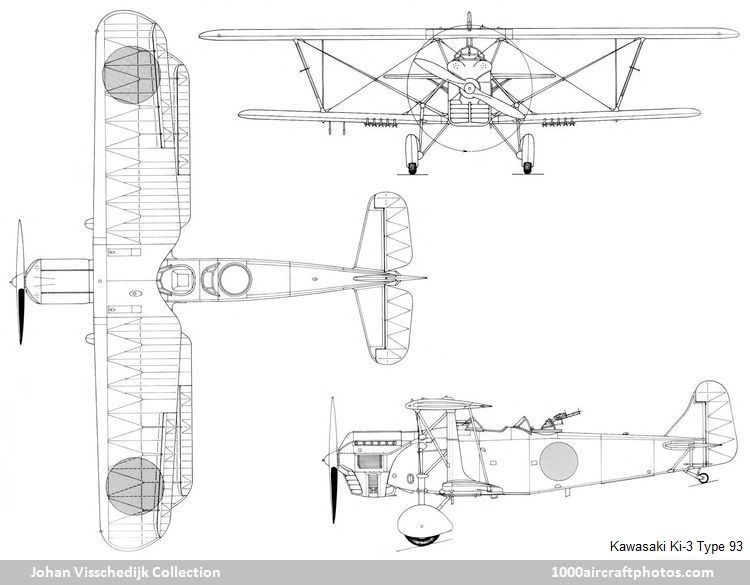03/15/2020. Remarks by Johan Visschedijk: "Under the new ruling by which the Army all but eliminated competition in designs between aircraft manufacturers, Kawasaki was awarded a contract to develop a single-engine light bomber in September 1932. This was to have good maneuverability as a tactical bomber in support of ground troops. Dr. Richard Vogt and Takeo Doi began design work immediately, using their experience gained with the A-6 aircraft.
Designated Ki-3 the type was of all-metal construction with light alloy and fabric covering. The crew of two was seated in open cockpits. Armament consisted of a fuselage-mounted forward-firing 0.303 in (7.7 mm) machine gun and a single or twin dorsal flexible 0.303 in (7.7 mm) machine guns. It could carry a bomb load of 1,102 lb (500 kg).
The first prototype was completed in April 1933. This aircraft was powered by the new supercharged BMW IX which was put into licensed production by Kawasaki in September 1933. An elliptical radiator with controllable shutters was positioned forward of the engine, but this functioned poorly and was soon moved to the more conventional position below the engine.


